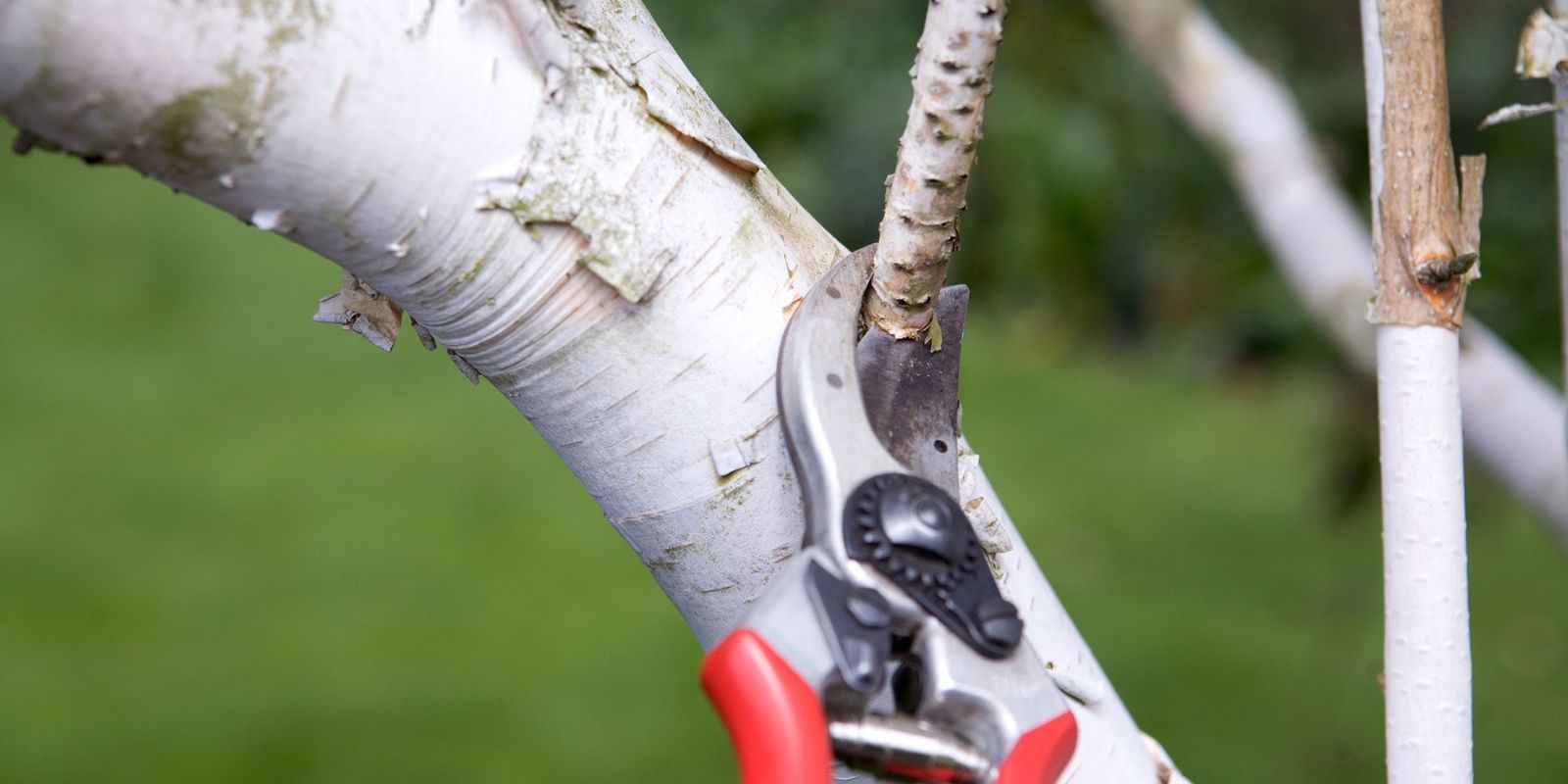Silver Birch trees, renowned for their striking white bark and graceful, slender branches, are a beautiful addition to any garden. However, to maintain their elegant appearance and ensure their health, proper pruning is essential. This article explores effective pruning techniques for Silver Birch trees, focusing on achieving a balanced shape and promoting robust growth.
Understanding Silver Birch Trees
Before delving into pruning techniques, it’s crucial to understand the nature of Silver Birch trees. These deciduous trees, known scientifically as Betula pendula, are native to Europe and Asia. They are characterized by their white, peeling bark and delicate, drooping branches. As they grow, Silver Birches develop a naturally graceful form, but occasional pruning helps enhance their structure and prevent issues.
Why Prune Silver Birch Trees?
Pruning is essential for several reasons:
- Health: Removing dead or diseased branches helps prevent the spread of disease and pest infestations.
- Shape: Regular pruning ensures the tree maintains a balanced, attractive shape.
- Growth: Pruning can stimulate new growth and improve the overall vigor of the tree.
Best Time to Prune
The timing of pruning is crucial for the health of the Silver Birch:
- Late Winter to Early Spring: The ideal time for pruning is during late winter or early spring, before the tree begins its active growing season. This timing minimizes stress on the tree and allows it to recover quickly from pruning cuts.
Essential Pruning Tools
Before starting, gather the right tools:
- Pruning Shears: For small branches and twigs.
- Loppers: For medium-sized branches.
- Pruning Saw: For larger branches.
- Gloves: To protect your hands.
Steps for Pruning Silver Birch Trees
- Inspect the Tree Start by carefully examining the tree. Look for:
- Dead or Diseased Branches: These should be removed to prevent disease from spreading.
- Crossing Branches: Branches that rub against each other can cause damage and should be trimmed.
- Crowded Areas: Areas where branches are too dense can hinder air circulation and light penetration.
- Remove Dead and Diseased Wood Use your pruning shears or saw to cut back any dead, diseased, or damaged branches. Make sure to:
- Cut at the Base: Trim these branches back to their point of origin or to healthy wood.
- Ensure Clean Cuts: Make clean cuts to prevent leaving stubs, which can be entry points for pests and diseases.
- Thin Out the Canopy Light thinning improves the tree’s overall health and appearance:
- Remove Smaller Branches: Thin out some of the smaller, inward-growing branches to open up the canopy.
- Enhance Light and Air Flow: This helps prevent fungal diseases and promotes better growth.
- Shape the Tree Achieving a balanced shape is key:
- Focus on Symmetry: Aim for a symmetrical, open canopy. Trim back any overly long or unruly branches to maintain an even shape.
- Preserve the Natural Form: Silver Birches have a natural gracefulness. Avoid cutting too much, which can disrupt their elegant appearance.
- Prune for Structure If the tree is young, you may need to establish a strong structure:
- Select a Central Leader: Ensure there is a single, dominant central leader to guide the tree’s growth.
- Remove Competing Leaders: Eliminate any competing branches that may disrupt the tree’s form.
- Avoid Over-Pruning Be cautious not to over-prune:
- Prune Sparingly: Over-pruning can stress the tree and reduce its vigor. Focus on removing only what is necessary to maintain health and shape.
- Limit Major Pruning: Heavy pruning can lead to excessive sprouting and an imbalance in the tree’s appearance.
- Maintain Regular Care Regular maintenance is key to a healthy tree:
- Inspect Annually: Perform light pruning as needed each year to keep the tree’s shape and health in check.
- Address Issues Promptly: Remove any dead or diseased branches as soon as you notice them.
Additional Tips
- Sanitize Tools: Clean your pruning tools between cuts to prevent the spread of diseases.
- Monitor Growth: Keep an eye on the tree’s growth patterns and adjust your pruning techniques accordingly.
- Consult an Arborist: For large trees or significant issues, consider consulting a professional arborist for expert advice and assistance.
Conclusion
Pruning Silver Birch trees is an essential practice for maintaining their beauty and health. By following the right techniques and timing, you can ensure your tree remains a stunning focal point in your garden. Regular pruning helps keep the Silver Birch tree balanced and visually pleasing, while also promoting its overall vitality. With these tips, you’ll be well on your way to achieving a perfectly pruned Silver Birch that enhances your garden for years to come.

